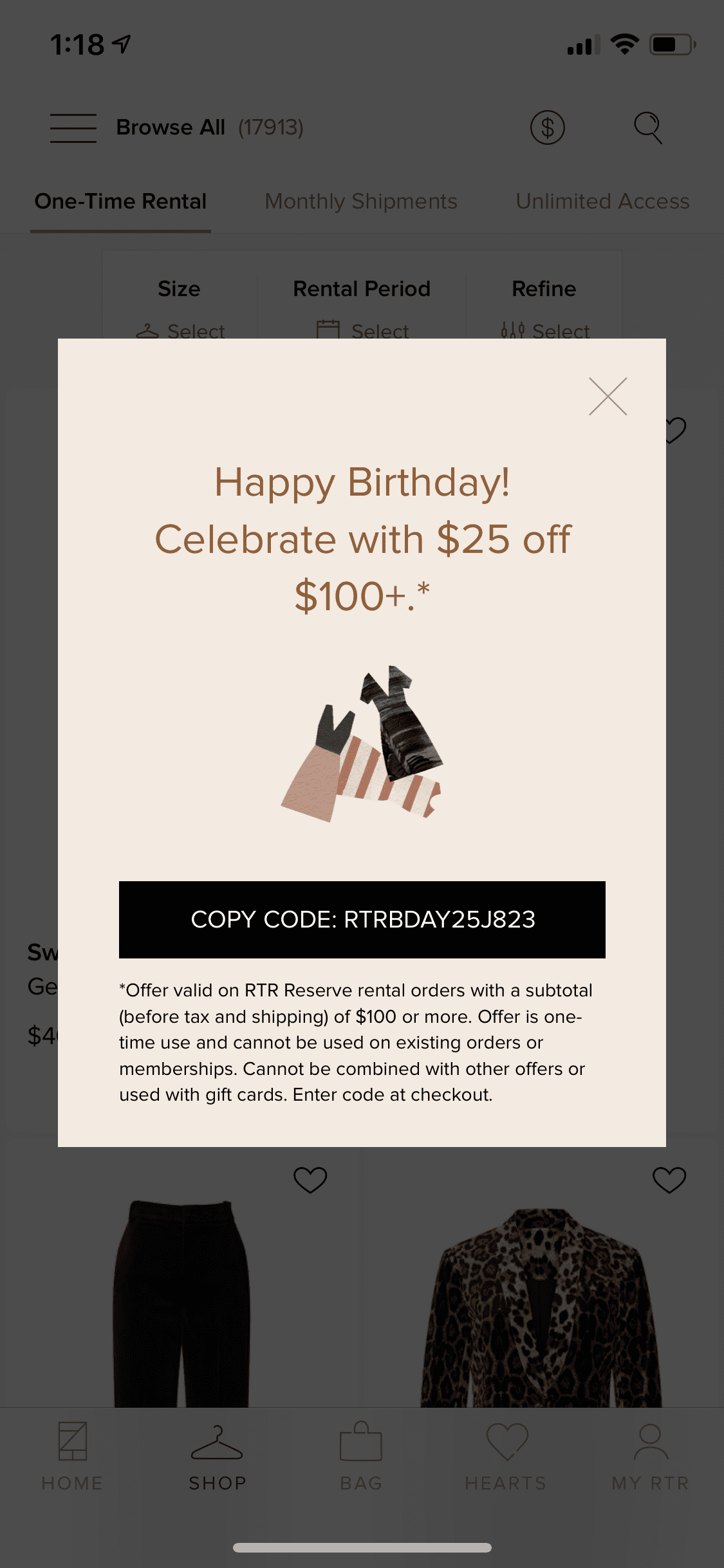Traditionally, retail marketing relied in no small part on transactional volume. Businesses aimed to increase volume with a “quantity, not quality” mentality. Nowadays, quality customers—aka repeat purchasers—have a huge impact on a company’s bottom line.
The current focus is how much value the customer provides to the brand for the duration of their entire relationship with the brand, also known as the customer lifetime value (LTV).
Alongside the shift towards understanding the individual customer, there have been strides towards a digital transformation. Brands are supplementing their traditional marketing channels with digital marketing channels and, with this cross-channel strategy, creating a more holistic view of each customer’s behavior and preferences.
Prioritizing the customer as an individual and incorporating a cross-channel marketing approach can have a major impact on a customer’s LTV. How? Let’s get into it.
Reach Customers Where They Are
There can be unique business uses for each of the different marketing channels but the key is understanding how your customer, as an individual, uses each channel. Communicating with your customers in a way that they’re comfortable with is crucial to optimizing your strategy and, in turn, can increase customers’ LTV.
Marketing Channels
Here’s a quick refresher on some of the channels available to marketers to increase LTV:
- Email: Often email marketing takes the form of welcome campaigns, abandoned cart emails, and other promotional campaigns. With a consistently high ROI, email communication is an important tool for any marketing team.
- Push Notifications: On both mobile and web, push notifications are compiled into a notification center. On top of that, these notifications are separate from the often over-populated email inbox—they stand out.
- SMS: SMS messaging allows you to send marketing messages directly to customers. Instead of inundating them with promos and coupons, this channel can be adapted to be more conversational and personal, like a text exchange with a friend.
- In-App: In-app messaging is a direct line of communication with users who are already in your app. If the customers are browsing in an app, meet them where they are and connect with them via in-app messages to guide them through their shopping journey.
- Mobile Inbox: A mobile inbox is almost like an email inbox except that it lives within your mobile app. While in-app messaging is good for “act now” messaging, your mobile inbox can be used to store non-urgent, but helpful information for customers as they navigate your app.
- Direct Mail: Direct mail represents the physical marketing assets you send directly to customers’ homes. These often incorporate promo codes or coupons to engage customers. There is an emotional aspect to direct mail as well— people get excited about opening their mail.
Remember: just because each channel has traditionally been used for a specific purpose, doesn’t mean they can’t be used in new ways to best fit the customers’ needs. Bloomingdale’s, for example, uses push notifications for their mobile welcome campaign. Since this campaign was related to a download of the Bloomingdale’s app, a push notification made more sense than email.


Sending an app welcome campaign via push notifications creates a seamless customer experience.
A cross-channel approach like this takes user behavior into account to better understand where they are most active with your brand and, therefore, can positively impact LTV. Once you establish how you’ll be connecting with your customers, the next step is to figure out what you’re going to do with this opportunity now that you have their attention.
Collect Data Through Customer Interactions
Whenever a customer interacts with your brand, it’s a chance for additional data collection.
Cross-channel data collection gives you the opportunity to replicate the in-store experience for your customer. But, instead of one salesperson in-store asking questions, think of this as the collaboration of a panel of salespeople, each one contributing different information to paint a more complete picture of your customer.
For example, if you know a customer bought a green dress in-store, you could send them an email featuring other items that pair well with that exact dress. Then, if they click on the shoes you featured, you know the customer may be interested in buying shoes and you can send them a push notification promoting the newest shoe collection.
Through cross-channel marketing, you have the ability to constantly collect data to gain visibility into not only what your customer buys, but how they shop. Being attuned to your customers’ interests and wants ensures that a single transaction isn’t the end of the road for your relationship with the customer.
With multiple streams of data collection, there’s always a jumping off point to go somewhere new with an existing customer to increase their LTV.
Personalize Messaging to Create Brand Stickiness
Now that you can reach your customers where they are and you’ve begun collecting the data, it’s easier to create personalized cross-channel messaging that engages your customer.
Rent the Runway, an online service that provides designer dress and accessory rentals, uses in-app messaging paired with previously collected user data to send an in-app message with a birthday promo code.


Personalized, in-app messaging promotes app engagement and can increase customer LTV.
Rather than sending another email, a retail brand can take advantage of the data they’ve collected via their app or website to create a personalized, succinct and helpful notification for their users.
When a customer feels like the brand knows who they are, they’re less likely to churn. As Business 2 Community said, “People do business with people who they know, like and trust.”
Increasing Retail Customers’ LTV with Cross-Channel Messaging
According to Harvard Business review, “Acquiring a new customer is anywhere from 5 to 25 times more expensive than retaining an existing one.” Increasing LTV matters.
Retail brands should strive to nourish their existing customer relationships in order to create genuine connections and ensure their customers continue to make purchases. Quality over quantity.
With the right tools in place, retail marketers can connect with their existing customers where they are, collecting vast amounts of customer data and using that data to create personalized messaging.
To see how Iterable can improve your cross-channel customer experience for greater LTV, take a look at our recent Activate Live session from Cars.com.
































